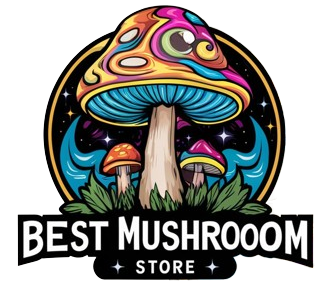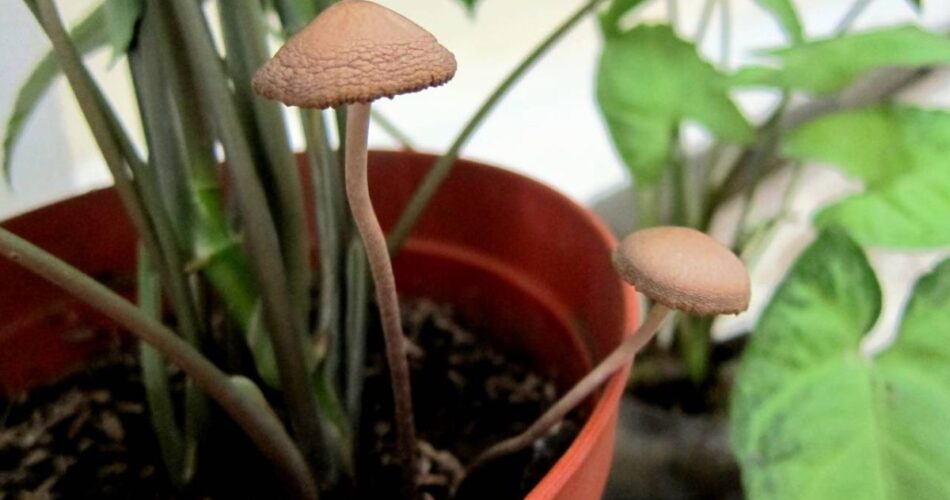Panaeolus fimicola is a genus of fungi that is quite different from other magic mushrooms. They belong to the Bolbitiaceae family, and although they are widely distributed, they’re not identified frequently. Here’s more about this species.
Panaeolus Fimicola: Appearance
Panaeolus fimicola is a small, brown mushroom that often appears in clusters. It has a convex to plane and obtuse cap with a diameter 0.3 to 1.2 inches, and the color is gray to blackish with reddish hues. The gills are crowded, darkening with time and close together, and the stem is typically 5-10 cm (1.9 to 3 inches) long.
The stipe is slender and equal, although it may get enlarged at the base. It is smooth, fragile and does not have a ring. Both the taste and odor are not distinctive, which is what differentiates Panaeolus Fimicola from most of the mushrooms containing psilocybin.
Panaeolus Fimicola: Distribution and Habitat
Panaeolus fimicola tends to grow solitary in a dung or in soil containing dung, grassy places or fertilized soil. It can be found in North and South America, Europe and Africa, so it is adapted to various areas with diverse climates. The Panaeolus fimicola is mostly active in the spring and fall and appears frequently after cold rains, although it is not common as other magic mushrooms.
Panaeolus Fimicola: Psychedelic Compounds
Panaeolus fimicola is a type of mushroom that has long been associated with two key characteristics. First, it is relatively unknown in terms of edibility, and its main use has been as an indicator species for several other well-known psychoactive mushrooms. However, the known research suggests that the Panaeolus fimicola may actually have its own unique properties related to psychoactive compounds, which makes it an important species to study further.
Panaeolus Fimicola: Psilocybin and Psilocin
The mushroom does contain traces of a variety of psychoactive compounds, including psilocybin and psilocin. However, these levels are quite low compared to other related mushroom species, suggesting that there may be certain properties unique to this particular species’ chemistry. Overall, then, while more research is needed to fully characterize the effects and edibility of this mushroom, there is some evidence that Panaelous fimicola does contain psychoactive substances, although the edibility is still uncertain.
Similar Posts:
- Panaeolus Tropicalis: Potent Tropical Mushrooms
- Panaeolus Cambodginiensis: Magic Mushrooms Species
- Panaeolus Bisporus (Copelandia Bisporus). All About This Mushroom Species
- Gymnopilus Viridans: Uncommon Shrooms Species
- Conocybe Siligineoides: Mushrooms Species From Mexico
- Panaeolus Olivaceus – Characteristics, Identification. Learn About This Fungus Named by F.H. Møller
- Psilocybe Hispanica: Recently Identified Magic Mushroom From Spain. What Is So Special About This Fungus?



